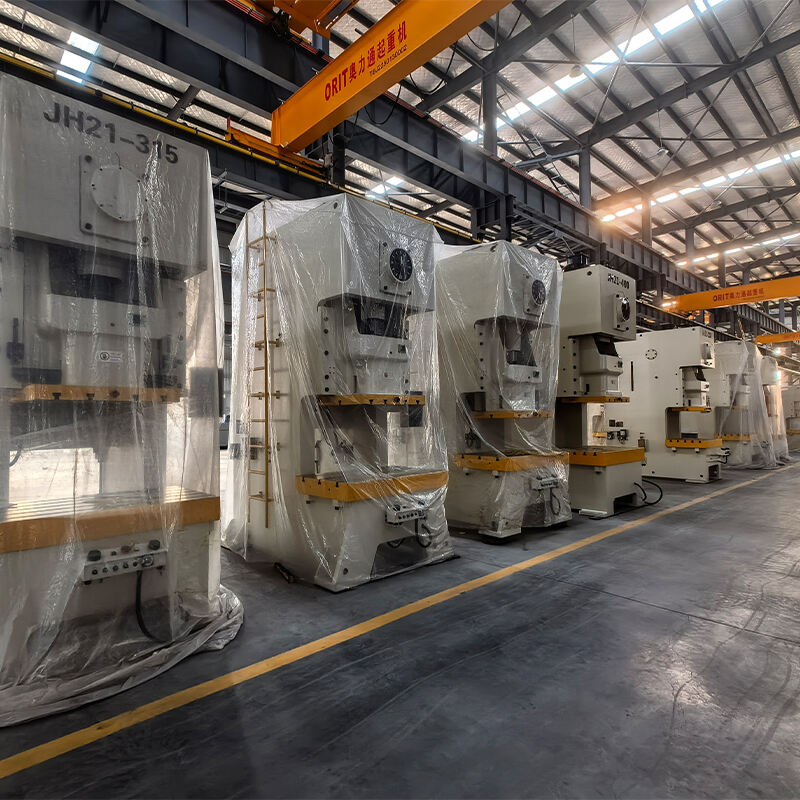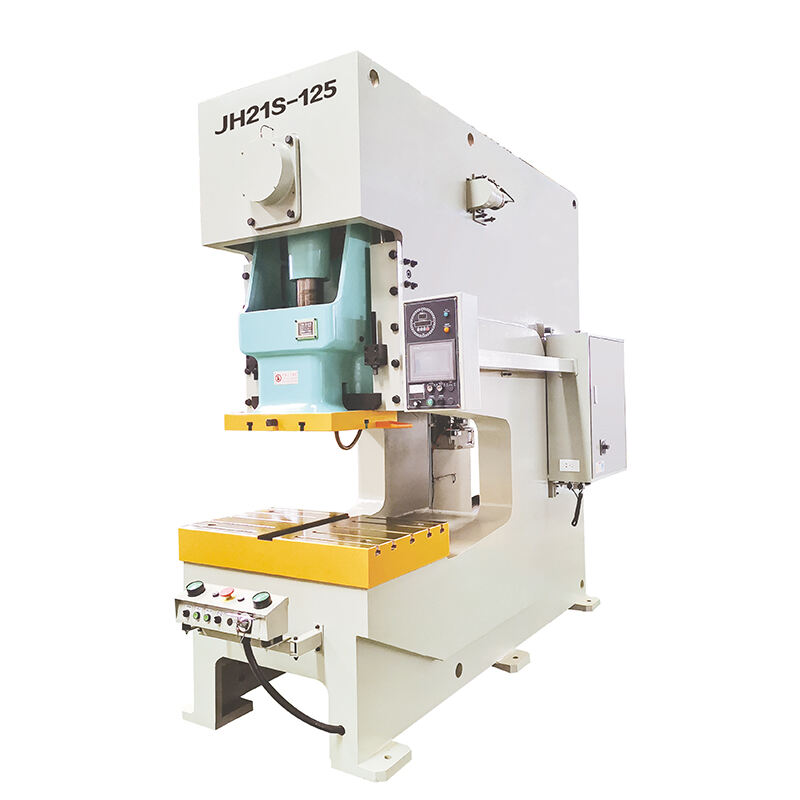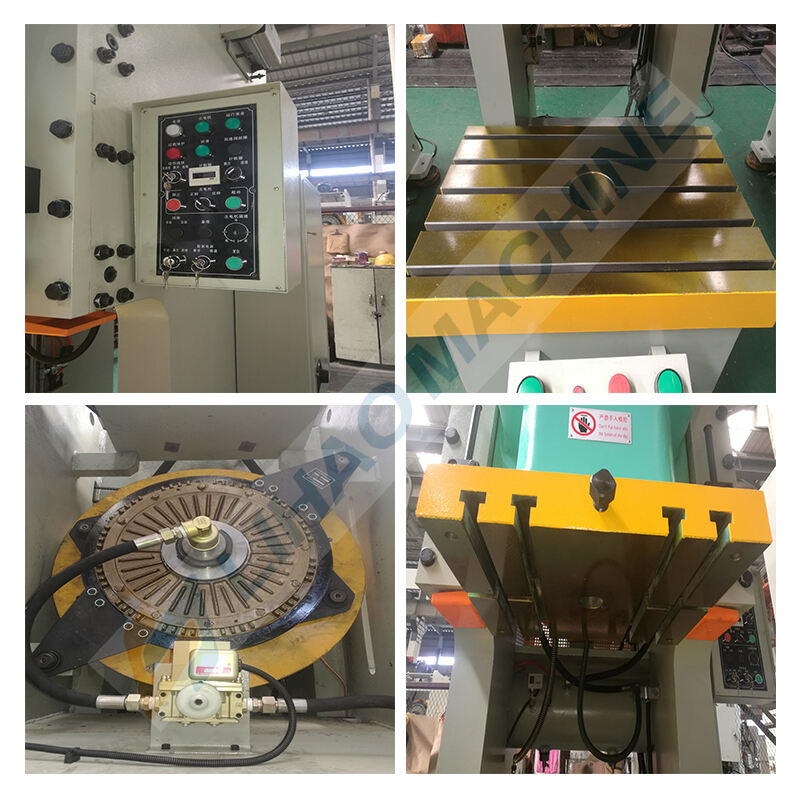Mechanical stamping is the process of a machine pushing on metal to make shapes and patterns. It’s like using an enormous cookie cutter, but instead of cookie dough, it’s metal! Mechanical stamping is employed in all kinds of industries, for items from car parts to electronics to toys.
And if you're new to stampy, don't fret! It’s intuitive to learn how it works. Just picture a big machine with a massive metal plate on top. Press a button, and the plate comes down, pressing into the metal beneath and forming a shape. It's like magic!
There are several reasons why mechanical stamping is a worldwide known method in manufacturing. First, it is very efficient. The machines churn out fast, so there’s a ton of product in not a lot of time. Second, it is cost-effective. Since the machines can produce many pieces in a single go, the price per piece is low. Finally, it is precise. The machines can also make very specific and accurate shapes, to ensure that every piece is as close to perfect as possible.

Mechanical Stamping Methods There are numerous mechanical stamping methods. One common method is blanking, in which a machine cuts a shaped piece of metal. Another method, bending, uses a machine to fold the metal and form angles and curves. And the third is piercing that a machine uses to punch holes in the metal. There are also pros and cons for each method.

The application of mechanical pressing technology is vast and span to innumerable usages in the world of metal working. Prior to mechanical stamp, making metal pieces had been slow and expensive. But mechanical stamping allows pieces to be created in lightning-quick fashion. This has enabled manufacturers to make more in less time, and the result has been that new ideas have become both easier and cheaper to get from the drawing board to reality.

As you select a mechanical stamping machine for your project, there are a couple of things to remember. The first is the size of the machine. Just ensure it’s big enough to make the pieces you want. Second, consider the speed of the machine. There are some instances where a more rapid machine is necessary to keep up with demand. And lastly, think about how complex the shapes you want to hand off to your laser cutter are. Some machines are ideal for basic shapes, but others are capable of more fancy designs.